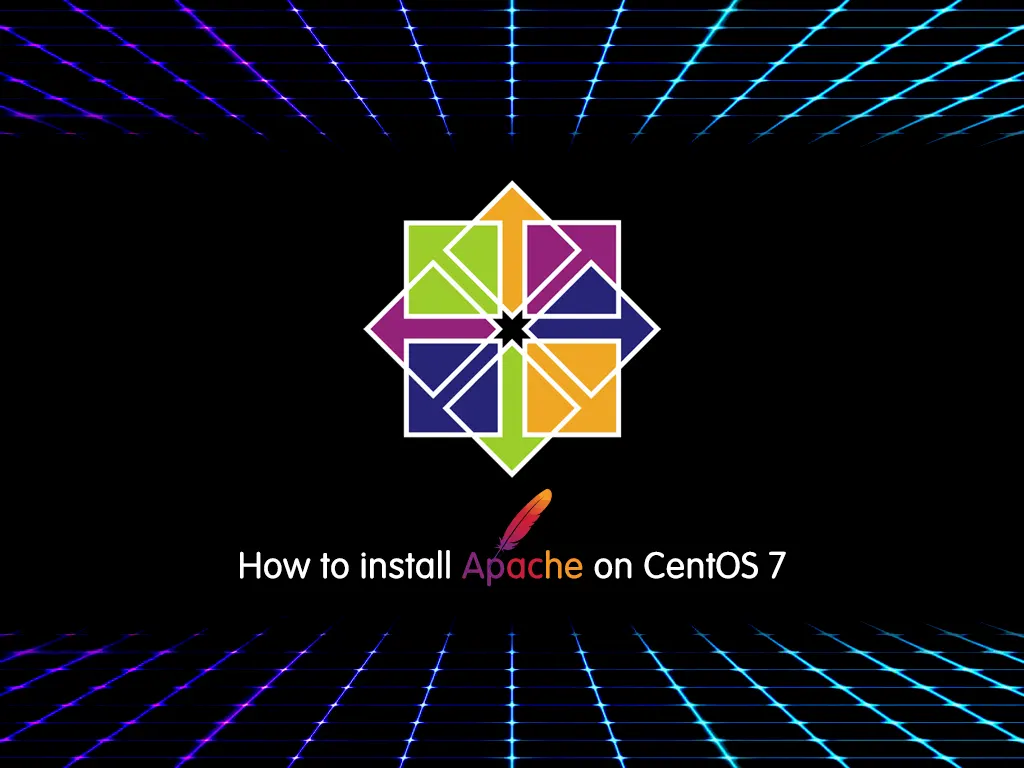
This new feature also introduces a more efficient method of merging incremental backups offline into full backups, reducing the server load typically required for a full backup. Designed and implemented by EDB employee and long-time Postgres hacker and committer Robert Haas, this functionality is expected to be popular among DBAs, especially those managing on-premises Postgres deployments. Additionally, the feature includes a robust set of hooks that enable storage to many different targets, as well as support for features like compression and tarball storage.
New in-core backup functionality means faster recovery times, reducing recovery time objectives (RTO) dramatically—an essential requirement for enterprises running large databases or high-availability systems. This makes Postgres an even more attractive option for organizations where downtime has significant business impacts, such as those handling large-scale analytics and AI workloads.
SQL/JSON and JSON enhancements: Meeting developers’ needs
SQL/JSON is part of the SQL:2023 standard, providing database developers with a powerful set of functions for interacting with JSON documents in a way that feels natural to those familiar with SQL. Postgres has been gradually enhancing its SQL/JSON functionality over the past several releases, but Postgres 17 marks a significant leap forward. It introduces highly requested features like JSON_TABLE(), along with query functions such as JSON_EXISTS(), JSON_QUERY(), and JSON_VALUE(), and a rich new set of constructors for building JSON SQL objects.


